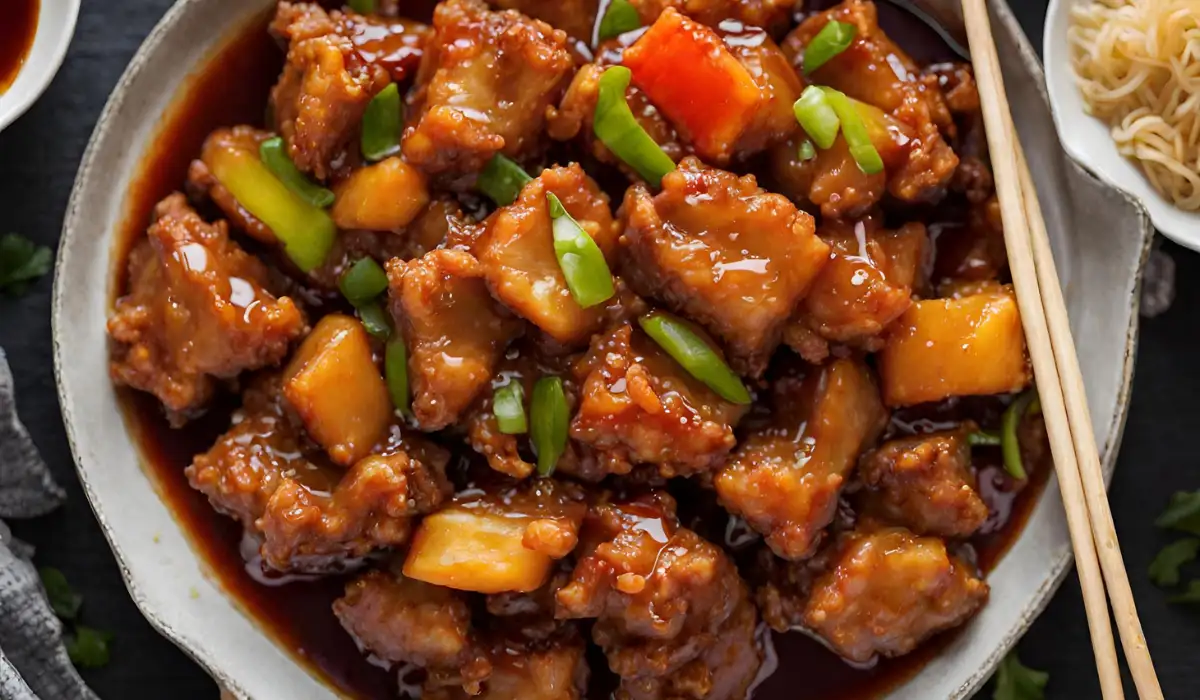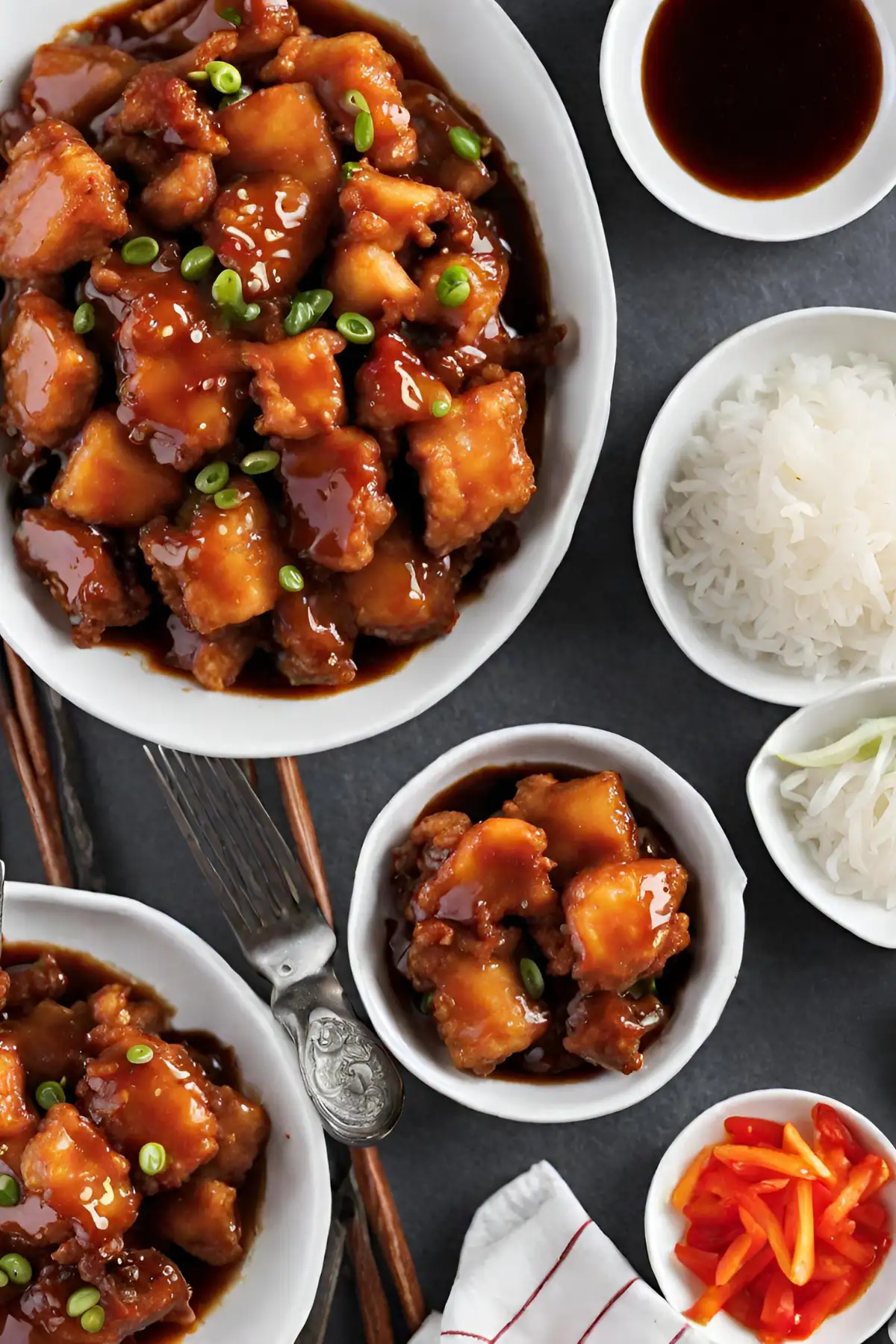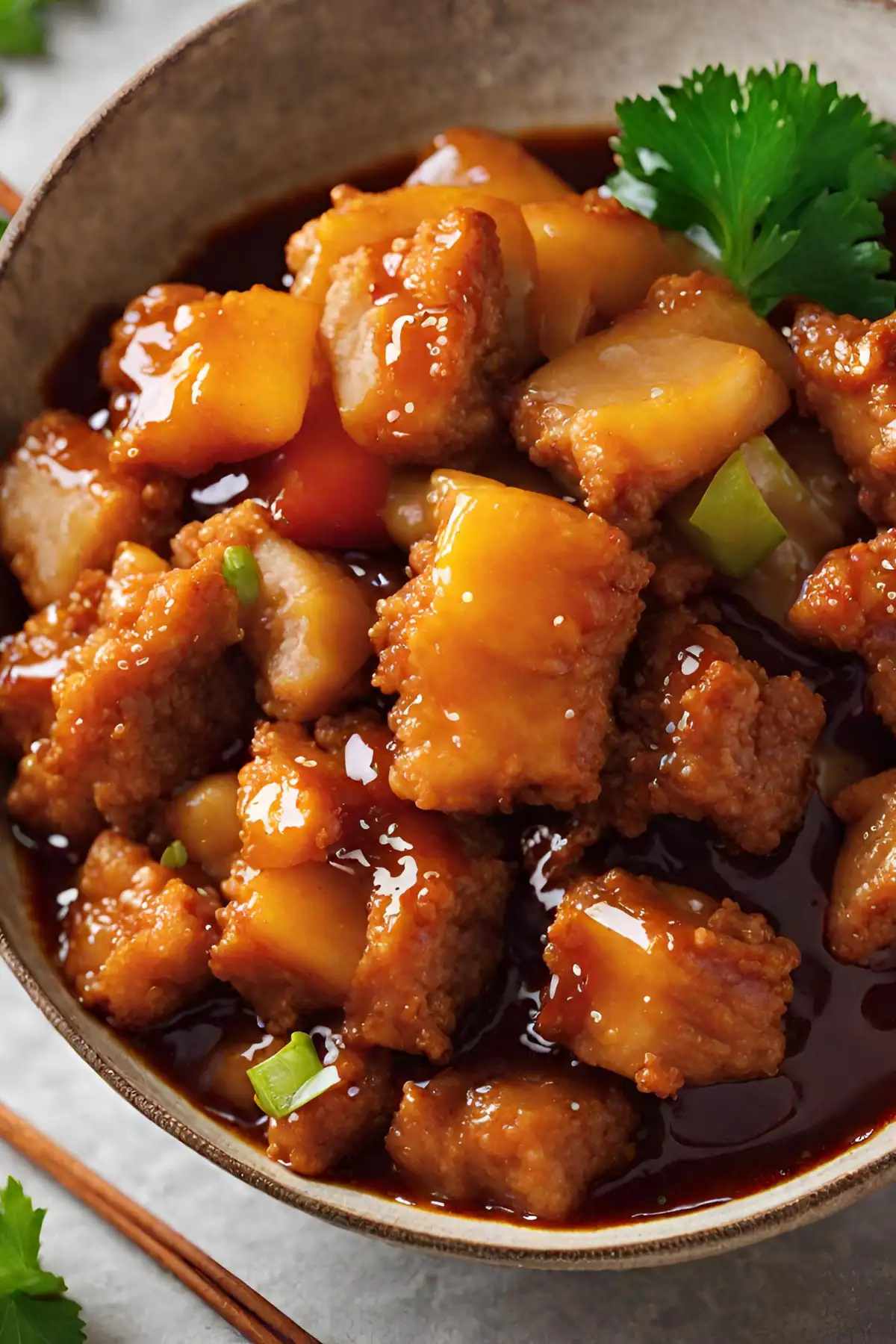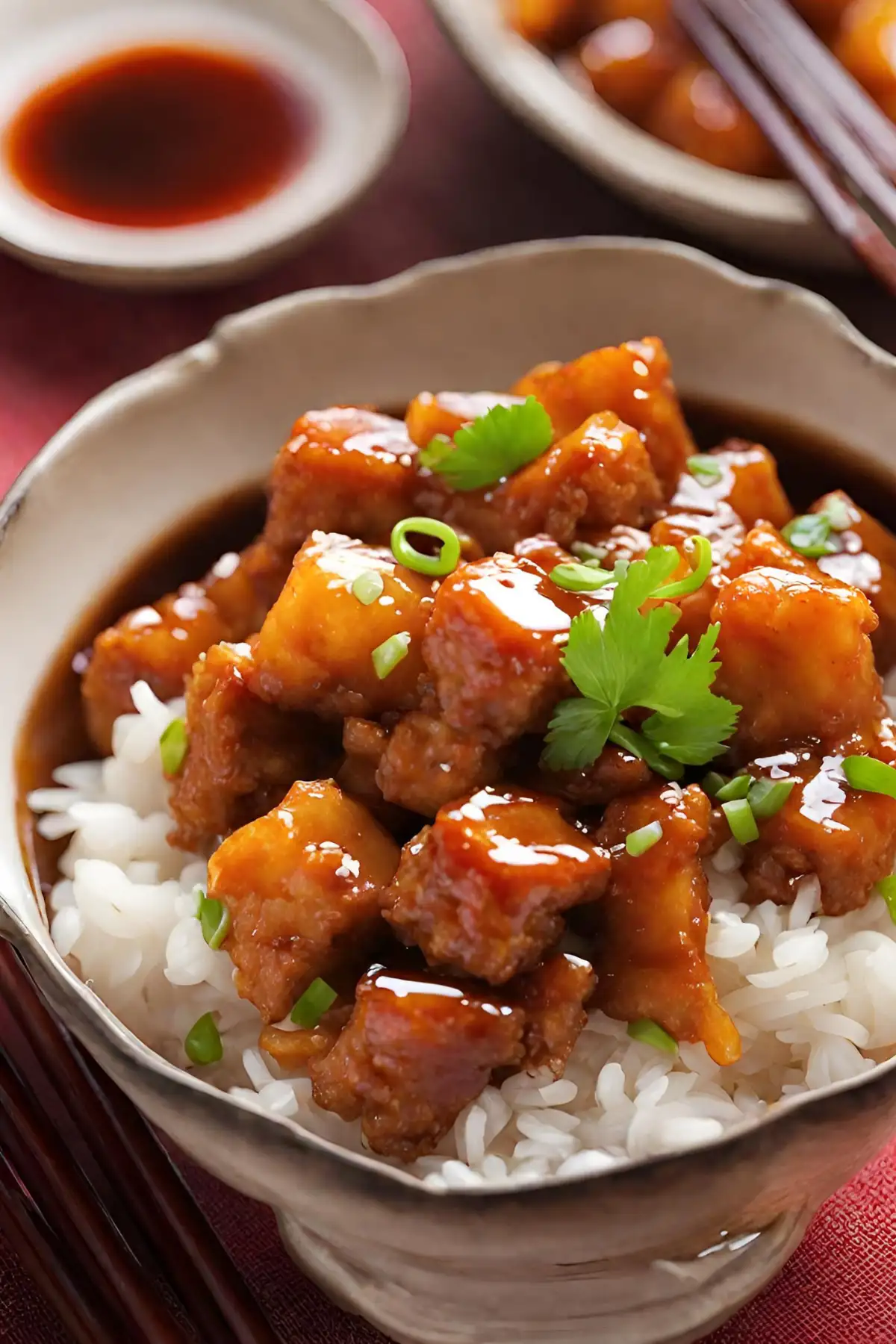Introduction to Sweet and Sour Pork
Sweet and Sour Pork is a quintessential dish that embodies the harmony of flavors fundamental to Chinese cuisine. Originating from the provinces of China, this dish has traversed beyond its native boundaries to become a global sensation. The origin of Sweet and Sour Pork can be traced back to the early culinary traditions of China, where the contrast between sweetness and acidity was often explored to create balanced and vibrant dishes.
The cultural significance of Sweet and Sour Pork is deeply rooted in Chinese cooking philosophy, which emphasizes the Yin and Yang — the balance of contrasting elements. This dish, with its sweet and sour sauce and tender pork pieces, perfectly illustrates this principle, offering a gustatory experience that is both rich and refreshing.
Today, Sweet and Sour Pork enjoys popularity worldwide, with variations of the dish found in Chinese restaurants across the globe. This global appreciation underscores not only the universal appeal of balanced flavors but also the rich cultural heritage of Chinese culinary arts.
Ingredients and Preparation
Key Ingredients The key ingredients for Sweet and Sour Pork include:
- Pork: typically shoulder or loin for its balance of fat and lean meat.
- Batter: cornstarch or flour combined with water or eggs.
- Sauce: a blend of vinegar, sugar, ketchup, and soy sauce.
- Stir-fry vegetables: typically includes bell peppers, onion, and pineapple.
Each ingredient plays a pivotal role in the dish’s flavor profile and texture. The pork provides the savory base, the batter adds crunchiness, the sauce brings the iconic sweet and tangy taste, and the vegetables offer freshness and a contrasting texture.
Preparing the Pork Choosing the right meat is crucial for Sweet and Sour Pork. Pork shoulder or loin are preferred for their tenderness and flavor. Cutting the meat into uniform pieces ensures even cooking.
The marinating process is essential for flavor and tenderness. Ingredients like soy sauce, garlic, and ginger not only season the meat but also start the tenderization process. The addition of baking soda, a technique known as velveting, further tenderizes the meat by altering its pH level. For more details on meat preparation techniques, consult this guide on meat tenderization.
Sauce Preparation The sauce is what gives Sweet and Sour Pork its signature flavor. The typical ingredients include:
- Vinegar: Adds sourness.
- Sugar: Provides sweetness.
- Ketchup: Contributes to the sauce’s color and tang.
- Soy Sauce: Offers saltiness and depth.
The proportions of these ingredients can be adjusted to taste, but a balance of sweet and sour is crucial. The cooking process involves simmering these ingredients to meld the flavors and adding cornstarch to thicken the sauce, ensuring it clings to the pork and vegetables effectively. The right consistency and balance of flavors are paramount for the perfect Sweet and Sour Pork experience.
Cooking Techniques
Breading and Frying
The Sweet and Sour Pork dish achieves its irresistible crunch through a meticulous breading and frying process. The double dredge method involves:
- First coating the marinated pork pieces in a layer of cornstarch or flour.
- Dipping them in beaten egg or a water mixture.
- Then, dredging them again in cornstarch or flour.
This method ensures each piece is well-coated and ready for frying. The double frying technique is crucial for achieving that signature crunch. Initially, the pork is fried until just cooked and then allowed to rest. The second fry is at a higher temperature, which crisps up the exterior without overcooking the interior.
For those seeking healthier alternatives, oven baking or air frying can be employed. While these methods may not replicate the exact texture of deep-frying, they significantly reduce the dish’s fat content. For guidance on effective air frying techniques, this resource can be helpful: Healthy Air Fryer Recipes.
Stir-Frying
Stir-frying in Sweet and Sour Pork involves:
- Quickly cooking the vegetables and pineapple to retain their crispness and vibrant colors.
- Typically, onions and bell peppers are added first as they take longer to cook.
- Pineapple is added towards the end to warm through without becoming mushy.
The sequence of adding ingredients ensures each component retains its texture and flavor, contributing to the overall harmony of the dish. Stir-frying should be done at a high heat to achieve the best results, promoting a slightly charred, smoky flavor without overcooking the ingredients.





